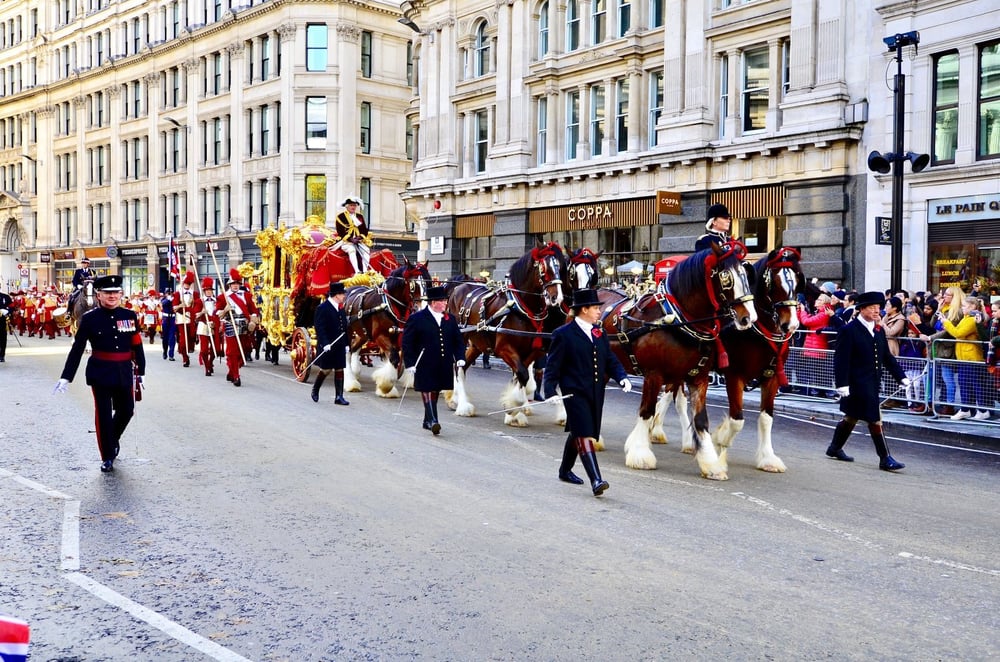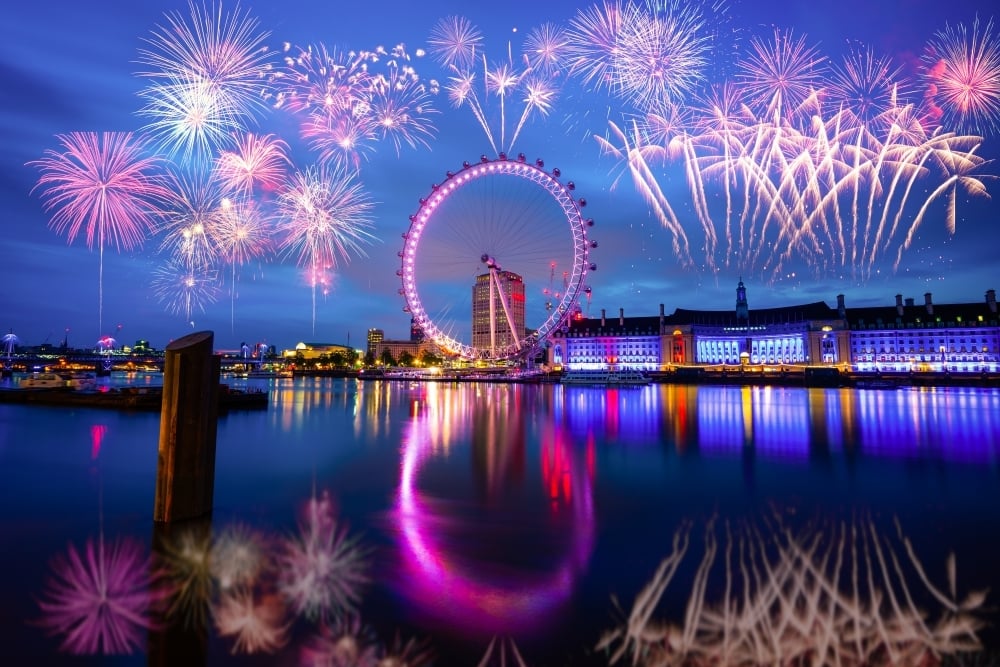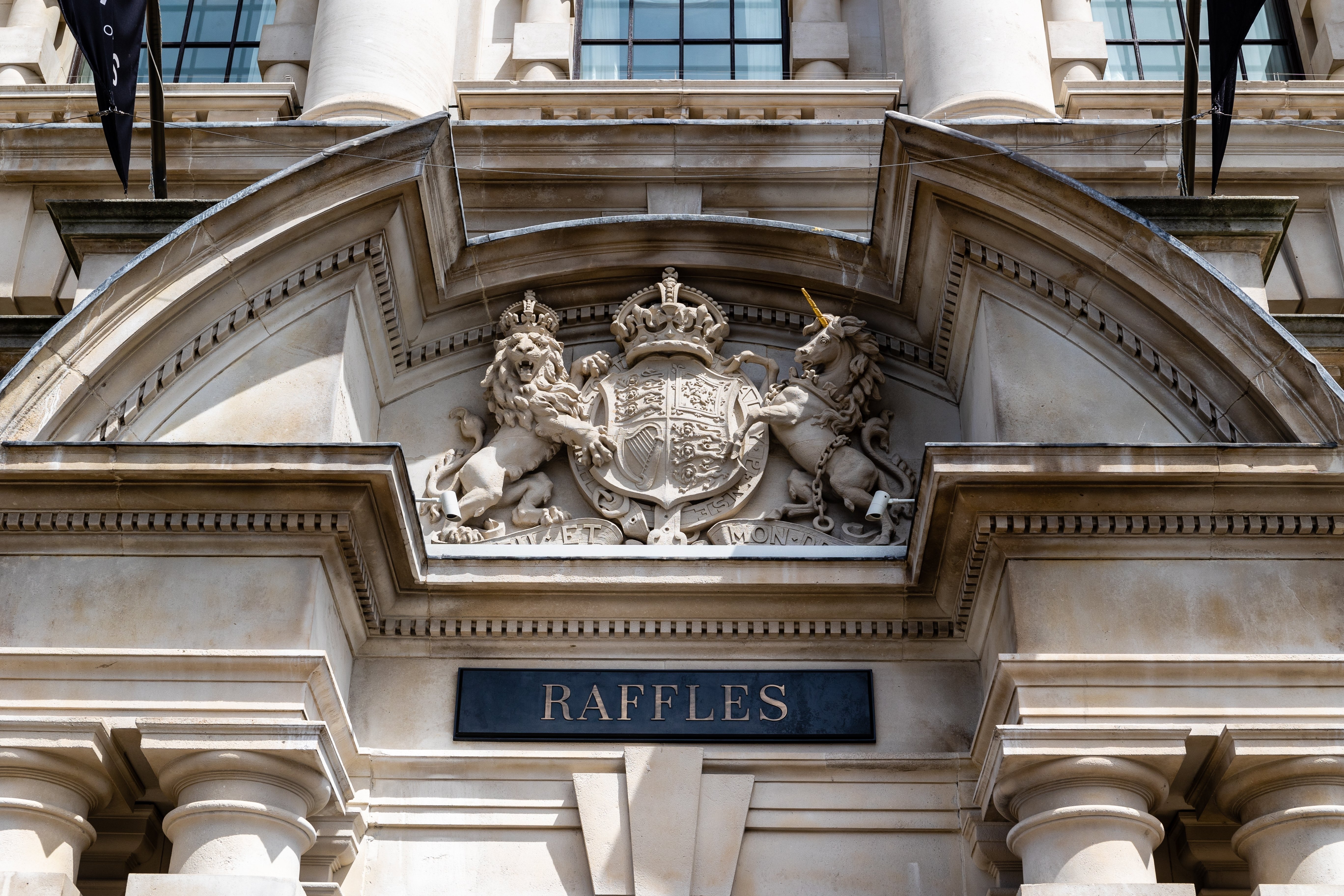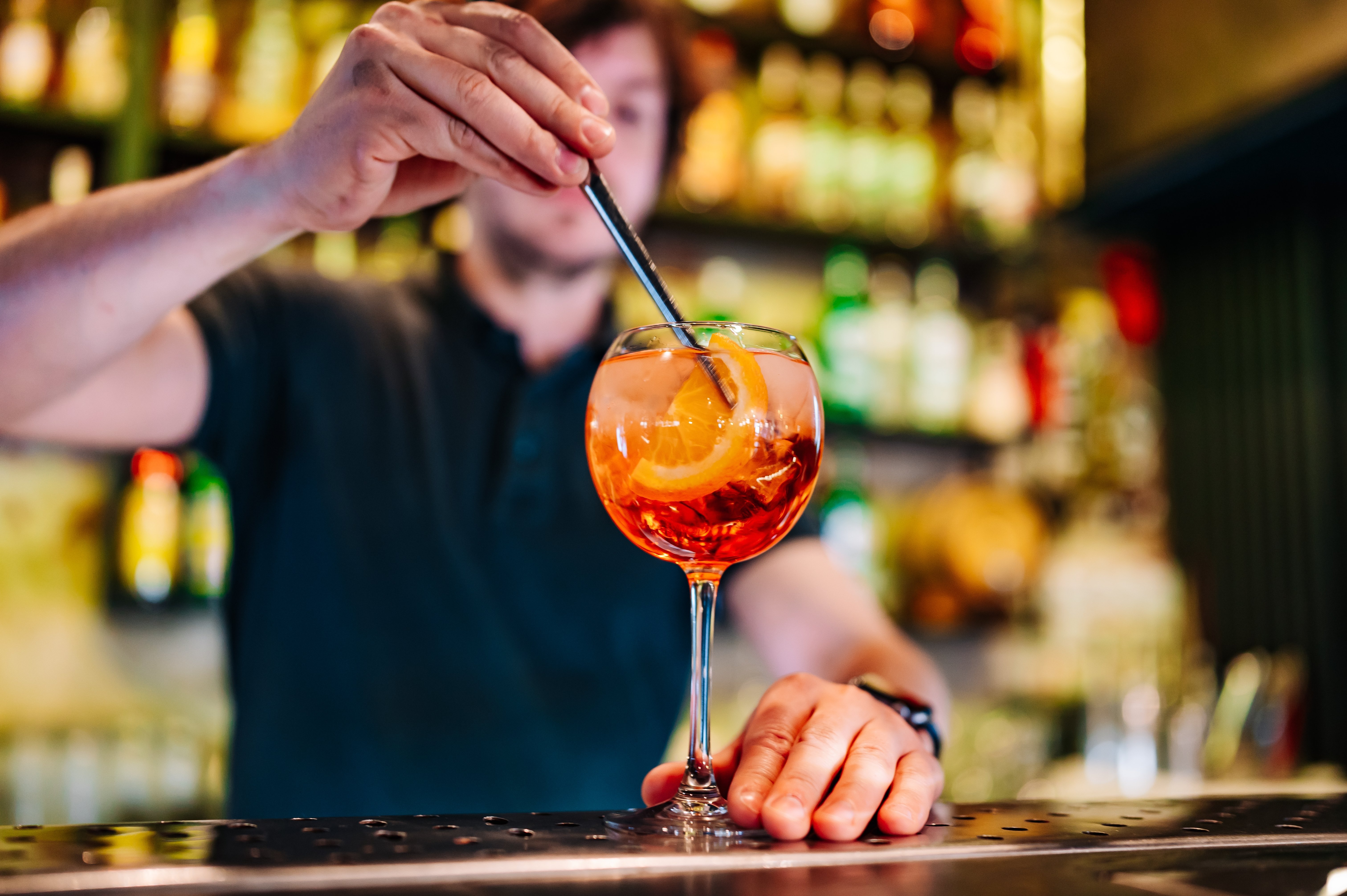Time Honoured Traditions – What is The Lord Mayor’s Show?
For the uninitiated, the Lord Mayor’s show has nothing to do with the Mayor of London. Whilst the latter is the city’s highest administrative official, the former is a ceremonial position with historical precedence. Each November, the city stages a day-long pageant that has been a fixture of the capital for more than 800 years. Rooted in medieval politics but now celebrated as a festival of civic pride, the show marks the formal inauguration of the new Lord Mayor of London.
The Lord Mayor of London is often confused with the Mayor of London, but the two roles are distinctly separate. The Lord Mayor represents the City of London, London’s historic financial district, whereas the Mayor takes charge of the city as a whole. Elected annually by the City’s livery companies (trade guilds formed in the medieval period), the Lord Mayor takes up office at the Mansion House and spends the year promoting the financial prowess of the City of London both at home and internationally.
The centrepiece is a spectacular procession through the Square Mile, with marching bands, ceremonial floats, military units, livery companies, and community groups all parading before vast crowds. While the occasion still retains a strong sense of ceremony and ritual, it has also become a living showcase for the capital’s evolution, and a far more diverse image which stands in stark contrast to medieval times.

The History of the Lord Mayor’s Show
The origins of the Lord Mayor’s Show stretch back to 1215, when the infamous King John granted London the right to elect its own mayor on the condition that each year, the newly elected mayor must travel to Westminster, the ancestral seat of governance, to swear loyalty to the Crown. Over the centuries, the show evolved in scale and style, with everything from jousts to barge processions up the River Thames taking place, mirroring the fortunes of the city throughout time as it waned and prospered.
Even in the most difficult circumstances, such as during the Black Death or the height of the Blitz during the Second World War, the Lord Mayor’s Show was never abandoned. It is now considered the world’s oldest civic procession to have run continuously without interruption. In its longevity, it embodies the resilience and independence of London as a city, a hallmark of its indomitable spirit and a lasting reminder of its unique relationship with the Crown and the wider nation.
As the Lord Mayor’s first public duty, the parade carries them to take their oath and formally swear allegiance to the Crown before the judges at the Royal Courts of Justice. This act underscores the unique independence of the City of London, which, despite only comprising a single square mile within London, acts most of the time as a completely separate entity to the rest of the city.
The Procession’s Pathway Through the City
Beginning at the Guildhall and weaving through the City before concluding at the Royal Courts of Justice, with streets filled with elaborate costumes and pageantry along the way, the procession kicks off in style. The event is, of course, free to attend for anyone who happens to find themself in the city for it, drawing families, tourists, and locals alike, while also receiving live national coverage on the BBC.
The three-mile-long procession features around 7,000 participants, 200 horses, and more than 150 decorated floats and vehicles. The parade traditionally begins with a military escort, followed by the marching bands of the Household Division, the Honourable Artillery Company, and the Royal Marines. Interspersed with these are the livery companies of the city, historic guilds representing trades from goldsmiths and fishmongers to modern professions like IT and financial services, ensuring that the city includes both time-honoured and more recent roles as part of its vast workforce.
At the heart of the procession rides the new Lord Mayor in the State Coach of 1757, an ornate, gilded carriage which has become one of the most recognisable images of the show. Drawn by six horses, the coach is protected by ceremonial pikemen and followed by a retinue of officials in traditional dress. Various cultural groups, charities, and schools also take part as a matter of tradition, each bringing an added element of community to proceedings. Modern London is represented alongside its medieval traditions, with everything from samba dancers and giant inflatables to historic wagons and ceremonial coaches decked in livery.
Crowds gather along the route, with some of the best viewing locations found at St Paul’s Cathedral, Ludgate Hill, and Fleet Street. For those seeking a more comfortable place to watch proceedings, large screens are placed at various points along the route to provide live coverage. Accessibility is a key feature of the event, with designated viewing areas for disabled visitors and step-free access points provided to ensure no one misses out on the oldest civic spectacle in the world.
Evening Fireworks and Wider Celebrations
While the procession is the highlight of the daytime programme, the celebrations continue into the evening with a spectacular fireworks display over the Thames, launched from barges between Blackfriars and Waterloo bridges, creating a dramatic backdrop against the London skyline. With half a million people watching the spectacle throughout the day, expect thousands to gather along the Embankment and South Bank to witness events by night, making it one of the capital’s largest public firework displays of the year outside of New Year's Eve and Bonfire Night.
Alongside the fireworks, many historic buildings and churches within the City of London host special events, exhibitions, and open days. There is also a signature fly past from aviators that form a part of the elite Royal Air Force, with previous displays featuring the acclaimed Eurofighter Typhoon. It’s quite the sight to see such an advanced jet fly so low over the famous skyline, and a memory which helps encapsulate a spectacular day spent honouring one of the world’s most unique, continuing traditions.



